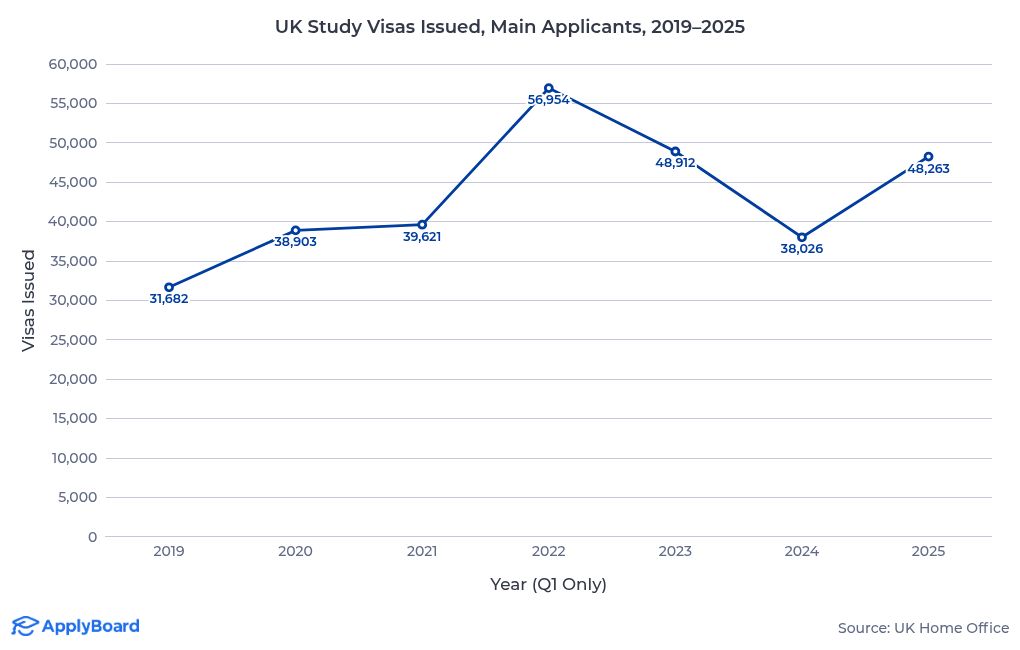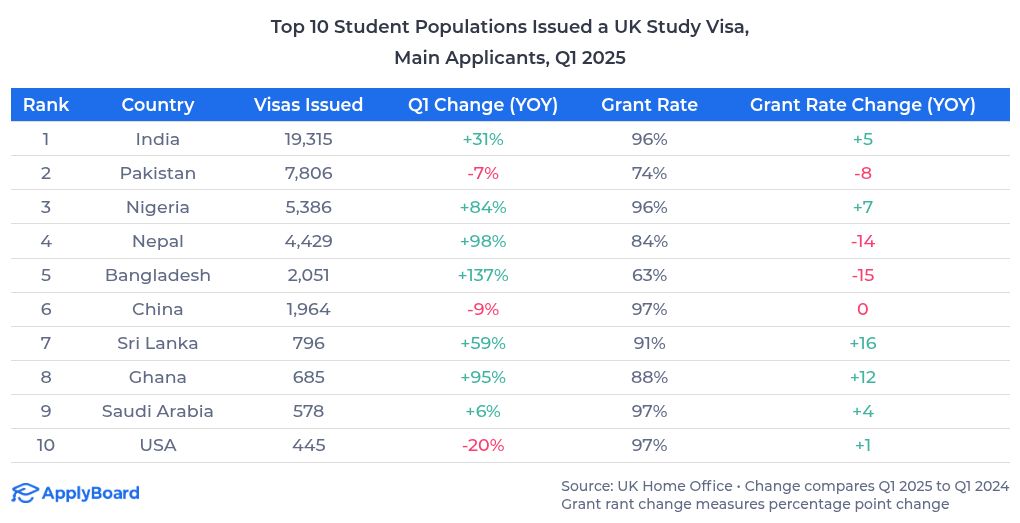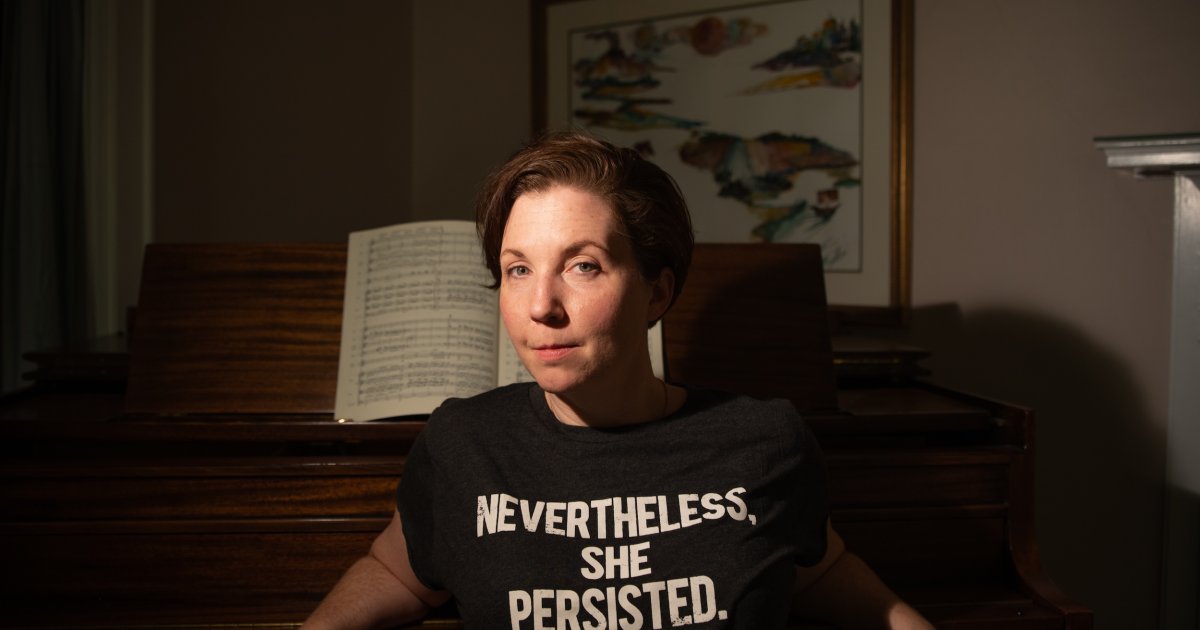Student voice has never been more central to the higher education conversation.
Across the sector, there’s growing consensus that higher education institutions must not only listen to their students but actively build institutions around their insights and experiences.
Yet, for all the best intentions and sincere efforts, turning student feedback into meaningful, institution-wide change remains a challenge.
At the University of Kent, we’ve been reflecting critically on our own approach. Like many, we’ve long celebrated the volume of student engagement we facilitate, such as surveys, focus groups, informal conversations.
But we’ve come to recognise that collecting feedback isn’t the same as using it, and that celebrating the act of “listening” can sometimes obscure a harder truth – we didn’t always know what to do with what we heard.
Reframing student voice through a rights-based lens
Our turning point came through an unlikely source – the work of Professor Laura Lundy. Originally developed to support children’s rights under Article 12 of the UN Convention on the Rights of the Child, Lundy’s model provides a practical framework for ensuring young people’s voices are not only heard, but also acted upon.
It centres around four interdependent elements – Space, Voice, Audience, and Influence.
We began to ask – what if we adapted this model to the higher education widening participation context?
Applying Lundy’s model in this way helped us shift our thinking from engagement as consultation, to engagement as partnership.
It challenged us to ask harder questions about power, process, and accountability in the way we involved underrepresented students in our outreach and access work.
We already had a thriving cohort of over 300 student ambassadors – many young, idealistic, and deeply committed to helping shape a more inclusive university. But too often, when they shared ambitious or creative ideas, we found ourselves retreating behind operational constraints – “That won’t get through the next committee,” or “It’s a great idea, but we don’t have the budget.”
We weren’t dismissing their input out of disinterest, on the contrary, we were invested. But in practice, without the power to act, we were unintentionally reinforcing the idea that their contributions didn’t lead to change.
Feedback gathered with care and enthusiasm was left to languish in reports and spreadsheets. There was no systematic way of translating insight into action, and no clear feedback loop to close the gap.
Space
The development of our new Access and Participation Plan (APP) back in 2023 offered the ideal opportunity to put this into practice. The Office for Students made student involvement a clear expectation and we chose to go beyond compliance.
In partnership with Kent Students’ Union, we launched a Widening Participation Student Advisory Panel, inspired by a successful model from the University of Southampton. We recruited 25 students, most from underrepresented backgrounds, and built a structure that allowed their contributions to be actioned.
Voice
If we wanted students to play a meaningful role in shaping our widening participation strategy, we had to go beyond asking for ideas. We had to equip them to contribute in an informed way.
That meant building knowledge, not just platforms. We didn’t just ask for feedback, we trained them:
- We explained the regulatory context
- We shared internal data and metrics
- We discussed financial constraints and institutional parameters
- We connected them directly to our APP Operations and Steering Groups
Our aim wasn’t to dampen creativity, but to anchor it in context. Students needed to understand the world they were trying to change. That understanding made their input sharper, more strategic, and ultimately more powerful.
Audience
Students invest time and energy into sharing thoughtful feedback. They deserve more than tokenistic “thank yous” or vague assurances that their views have been “noted.”
We took steps to ensure student voice reached the people who could act on it. That meant involving senior leaders and decision-makers in engagement processes, creating spaces where feedback was taken seriously and visibly discussed and being transparent with students about the limits of our authority, namely what we could or couldn’t change.
One of the students was even elected to sit on the operations group itself, ensuring a direct student voice at the decision-making table.
Honesty builds trust. And trust is the foundation of sustained, meaningful student engagement.
Influence
Acting on feedback is only half the equation. The other half is showing that we acted.
We’ve become intentional about creating “You said, we did” moments: making visible the link between student insight and institutional change.
We’ve made sure those changes are not just confined to our team, but acknowledged at all levels – in committees, in strategic plans, and in senior leadership conversations.
Influence should be traceable. Students should be able to see evidence of their ideas across the university.
One powerful example of student-led change is the revision of the Kent Financial Support Package (KFSP), driven directly by student feedback. We co-created the process by modelling different support options and inviting students to choose the approach they felt was most equitable.
While we initially considered concentrating funds among fewer students, students overwhelmingly voiced the importance of broader support, even though this meant slightly lower individual amounts, to ensure more of their peers could benefit.
They also pushed for smaller changes which would make a big difference, including support for students repeating a year and extended eligibility for those who become estranged during their studies.
We listened, we acted, and now they can see their voices reflected in a policy that benefits future students.
From consultation to co-creation
This is still a work in progress.
But adapting Lundy’s model has helped us ask better questions about how we build student voice into the DNA of our widening participation work. It’s helped us move from hearing students views to embedding them into decision-making, and from consultation to co-creation.
If we’re serious about equitable access and success in higher education, then the voices of those most affected must not be optional extras. They must be at the centre, resourced, respected and able to help shape the institutions they are a part of.













